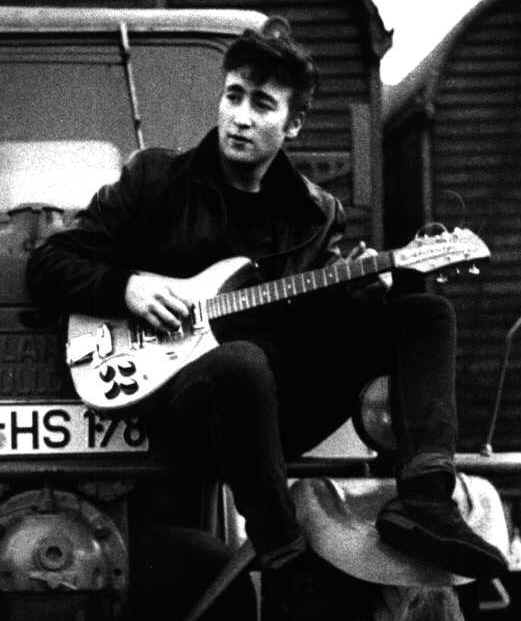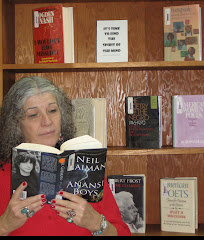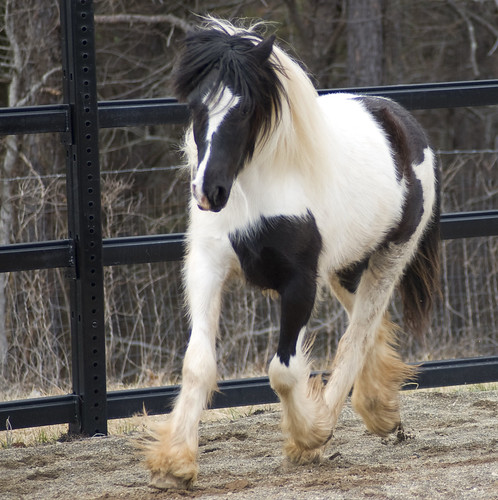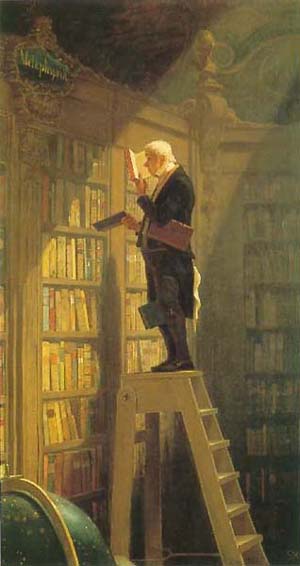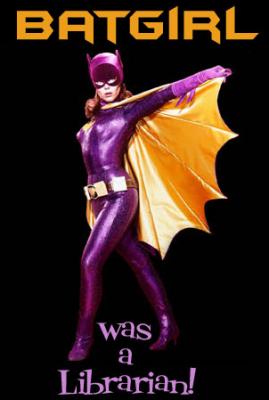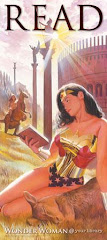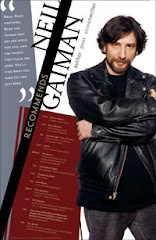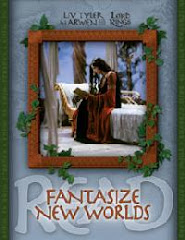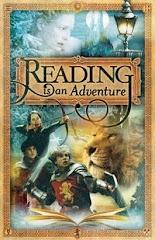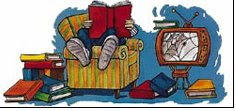
So these are some of the facts I've gleaned from reading "American Buffalo" by Steven Rinella.
¤ There is a town or City named Buffalo in eighteen states
¤ Tatanka is the Lakota word for Buffalo
¤ Black Diamond, the "model" for the Buffalo nickel, who had been confined in a very small cage in the Central Park Menagerie, was sold to a meat packer for $300, and his head was put on the wall of the guy's office
¤ Buffalo Bill's entire herd of 20 buffalo were killed by pneumonia in 1886-1887 while he performed in New York
¤ The Blackfoot Indians of the northern great plains believed that the buffalo once hunted and ate humans, but then the maker of people gave humans bows and flint knives and instructed them to eat the buffalo instead. Some plains tribes did not eat the thymus glands, or sweetbreads, of buffalo, believing they were chunks of human flesh still stuck in the buffalo's throat
In 2005, Steven Rinella won a lottery permit to hunt for an American buffalo or bison in the wilderness of Alaska. Despite great odds, Rinella managed to kill a buffalo on a snow-covered mountain and then raft the meat back to civilization, all the while being trailed by grizzly bears and suffering from hypothermia. Now while I can totally relate to Rinella's recounting of facts about the buffalo and his seeming love of the animal as he describes stalking it, I can't understand how he can pull that trigger at the moment of reckoning. But as for the rest of his story, I found it extremely interesting and thought provoking, as it is a tale of the many ways in which the buffalo has shaped our national identity.
Rinella says "I sometimes imagine that we saved the buffalo from the brink of extinction for the simple reason that the animal provided a handy mirror in which we could see our innermost desires and failures, and our most confounding contradictions. Our efforts to use the buffalo as a looking glass have rendered the animal almost inscrutable. At once it is a symbol of the tenacity of wilderness and the destruction of wilderness; it's a symbol of Native American culture and the death of Native American culture; it's a symbol of the strength and vitality of America and the pettiness and greed of America; it represents a frontier both forgotten and remembered; it stands for freedom and captivity, extinction and salvation. Perhaps the buffalo's enduring strength and legacy come from this chameleonic wizardry, this ability to provide whatever we need at the given moment. Maybe that's what the sculptor James Earle Fraser had in mind when he put the buffalo on the American nickel. In pursuit of a timeless design, he gave us an image that will never lose its meaning, whatever that meaning might ultimately be."
